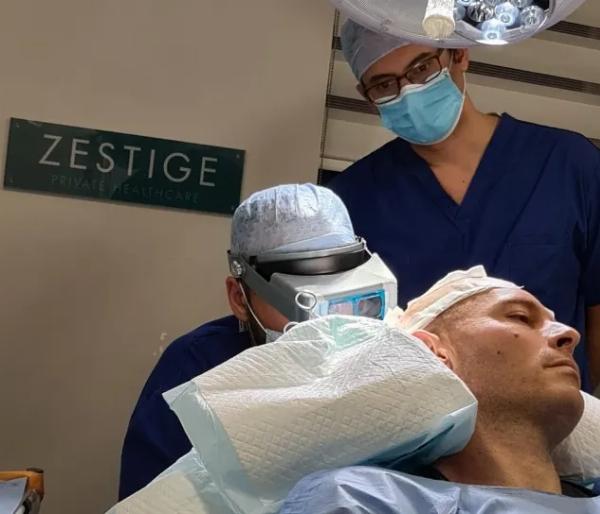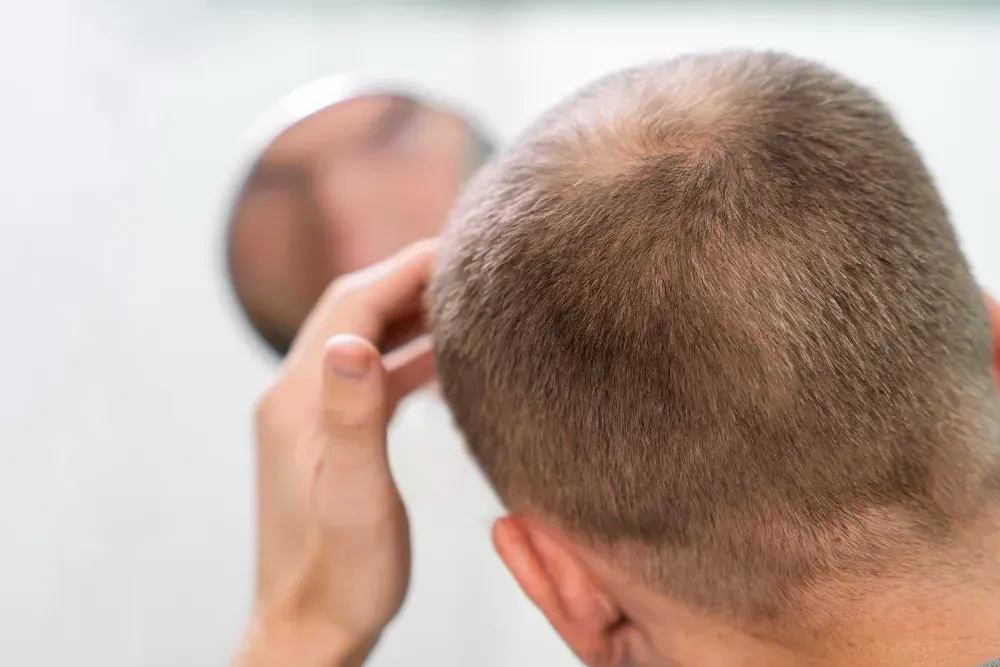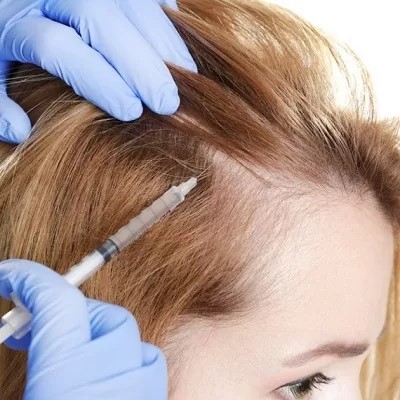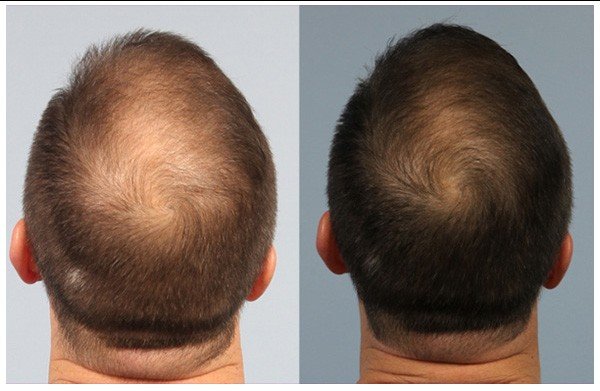 Topic Cluster Planning – Boost Topical Authority Like a Pro!
Topic Cluster Planning – Boost Topical Authority Like a Pro!
Hair Transplant Journey: What Changes Await After 4 Months?
Written by Brindon Bagirathan » Updated on: June 17th, 2025

Hair transplants have transformed hair restoration, offering hope to those dealing with hair loss. However, patience is key, especially in managing expectations post-procedure. This guide explores the crucial first 4 months after a hair transplant. While it's a significant step towards regaining confidence and fuller hair, the process is gradual. Each phase brings distinct changes and milestones. Understanding these phases is essential for realistic expectations and managing the journey effectively.
What To Expect After 4 Months Hair Transplant?
After undergoing a hair transplant, the first few months are characterised by anticipation and curiosity regarding the outcomes. At the 4-month mark, however, it's essential to temper expectations. While some patients may notice early signs of regrowth, such as the emergence of fine hairs, significant transformation is still in the offing. This stage often coincides with the phenomenon of "shock loss," where transplanted hair sheds temporarily before making way for new growth. It's a natural part of the process, indicating that the hair follicles are transitioning into their active phase. During this pivotal time of hair transplant after 4 months, patience and understanding are crucial as the full results continue to develop over the coming months.

How Long Does it Take For Hair To Grow After Hair Transplant?
When waiting for a hair transplant's complete results, patience is essential. Even though noticeable changes could begin to show up at four months, it usually takes six to twelve months to get ideal hair growth. A key factor in establishing the timeline is the individual's healing capacity and the transplantation procedure that is used. When comparing Direct Hair Implantation to more conventional techniques like Follicular Unit Extraction or Transplant, patients may get faster results.
Timeline of Hair Regrowth After Hair Transplant:
Understanding the timeline of hair regrowth post-transplantation provides invaluable insights into the journey ahead.
0-4 Months: The Dormant Period
During this phase, patients may experience temporary side effects such as swelling, redness, and tenderness in the recipient area. It's crucial to handle the newly transplanted follicles with care to prevent damage. Hair transplant after 2 months, some individuals may observe initial signs of regrowth, albeit sparse and fine in texture. However, it's essential to remain patient as the majority of significant growth occurs in the subsequent months.

4-8 Months: The Emergent Period
As the dormant follicles awaken from their slumber, the emergence of new hair becomes more pronounced. While the growth may appear thin and uneven initially, this phase marks a crucial milestone in the journey towards fuller, denser hair. By the 4-month mark, the donor area typically heals completely, blending seamlessly with the surrounding scalp.
8-12 Months: The Maturation Period
The final stretch of the journey sees the gradual thickening and maturation of transplanted hair. By this stage, the majority of the new hair has reached its full potential, contributing to a significantly improved appearance. Patients may notice that the transplanted follicles adopt a natural growth pattern, aligning with existing hair for a seamless blend. This period also offers newfound freedom in hairstyling options, signaling the culmination of the transformation journey.
12 Months and Beyond:
By the one-year milestone, patients can rejoice in the realisation of their hair restoration goals. The transplanted hair undergoes regular growth cycles, seamlessly integrating with the existing hair for a natural, undetectable result. For those unsatisfied with their outcomes, additional procedures may be considered to refine and enhance the results further.
Factors That Affect Hair Transplant Results:
Several factors influence the success and longevity of hair transplant results, underscoring the importance of personalised care and meticulous planning.
Type of hair: The texture and thickness of your hair can influence how well it blends with the existing hair and contributes to overall coverage.
Extent of hair loss: The severity of hair loss affects the amount of donor hair available for transplantation and the extent to which it can cover balding areas.
Contrast between hair and skin colour: A significant contrast between hair colour and skin tone can affect the perceived density of transplanted hair, potentially requiring more grafts for a natural appearance.
Hair density in the donor area: The density and quality of hair in the donor area determine the number of viable grafts that can be harvested for transplantation.
Elasticity of skin: Skin elasticity influences the ease of extraction and placement of grafts, affecting the overall success and appearance of the transplant.
Follicular unit groupings: The natural grouping of hair follicles in follicular units impacts the distribution and arrangement of transplanted hair, contributing to the final aesthetic outcome.
Considering these factors during consultation and planning helps ensure realistic expectations and optimal results from a hair transplant procedure.
Aftercare of Hair Transplant Procedure:
Proper aftercare is essential for optimising the results of a hair transplant and ensuring a smooth recovery process.
Medications: Following the surgeon's instructions regarding prescribed medications, such as antibiotics or pain relievers, helps prevent infection and manage discomfort during the initial recovery phase.
Gentle handling: Avoiding excessive touching, scratching, or rubbing of the scalp helps protect newly transplanted follicles from damage and promotes healing.
Cleaning: Keeping the scalp clean is essential for preventing infection and promoting a healthy healing process. However, gentle washing with a mild shampoo as advised by the surgeon is recommended to avoid disturbing the grafts.
Avoiding strenuous activity: Refraining from strenuous physical activities, such as heavy lifting or intense exercise, for the first few weeks post-surgery minimises the risk of complications and allows the scalp to heal properly.
Protecting from sun exposure: Direct sun exposure can damage the scalp and affect the healing process. Wearing a hat or applying sunscreen to the scalp when going outside helps protect the area from harmful UV rays.
Follow-up appointments: Attending scheduled follow-up appointments with the surgeon allows for monitoring of progress and addressing any concerns or complications promptly, ensuring optimal results from the transplant procedure.
Conclusion:
Embarking on a hair transplant journey is a transformative experience, offering renewed confidence and self-assurance. While the initial months may test one's patience, the eventual payoff is well worth the wait. At Zestige Private Healthcare, we understand the significance of personalised care and attention to detail in achieving exceptional results. Trust in our expertise and embark on your journey to fuller, healthier hair today.
Note: IndiBlogHub features both user-submitted and editorial content. We do not verify third-party contributions. Read our Disclaimer and Privacy Policyfor details.
Copyright © 2019-2025 IndiBlogHub.com. All rights reserved. Hosted on DigitalOcean for fast, reliable performance.










